Photos: How to Identify a Western Diamondback Rattlesnake
Countdowns
By
Linda & Dr. Dick Buscher
published
Very carefully.
Add us as a preferred source on Google
Subscribe to our newsletter
Diverse ecosystem
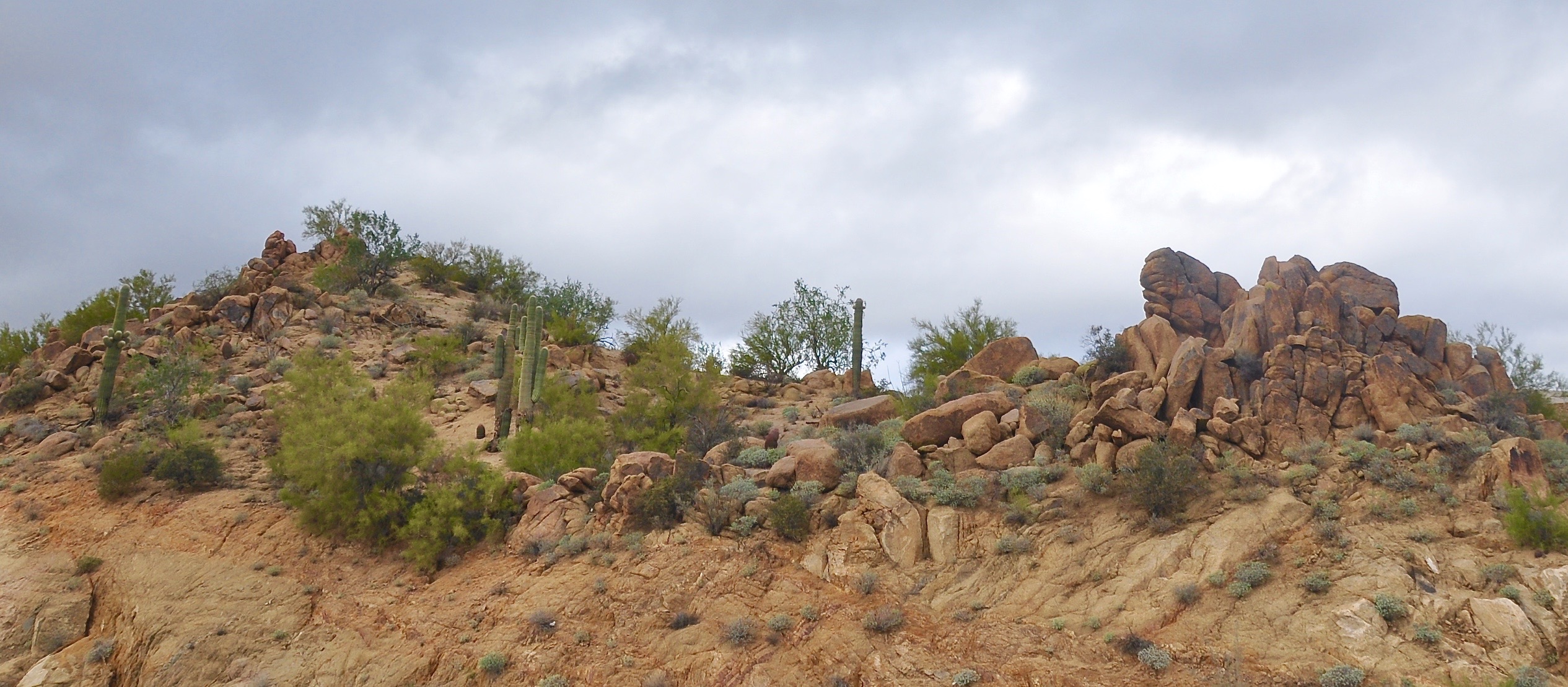
A big specimen
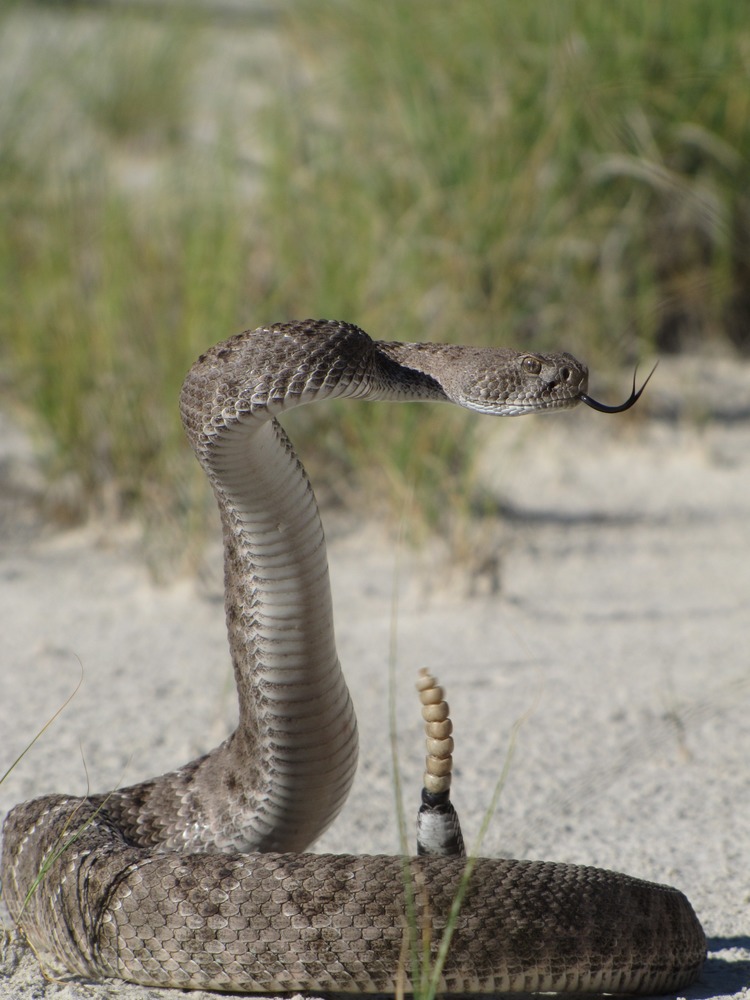
Distinguishing features
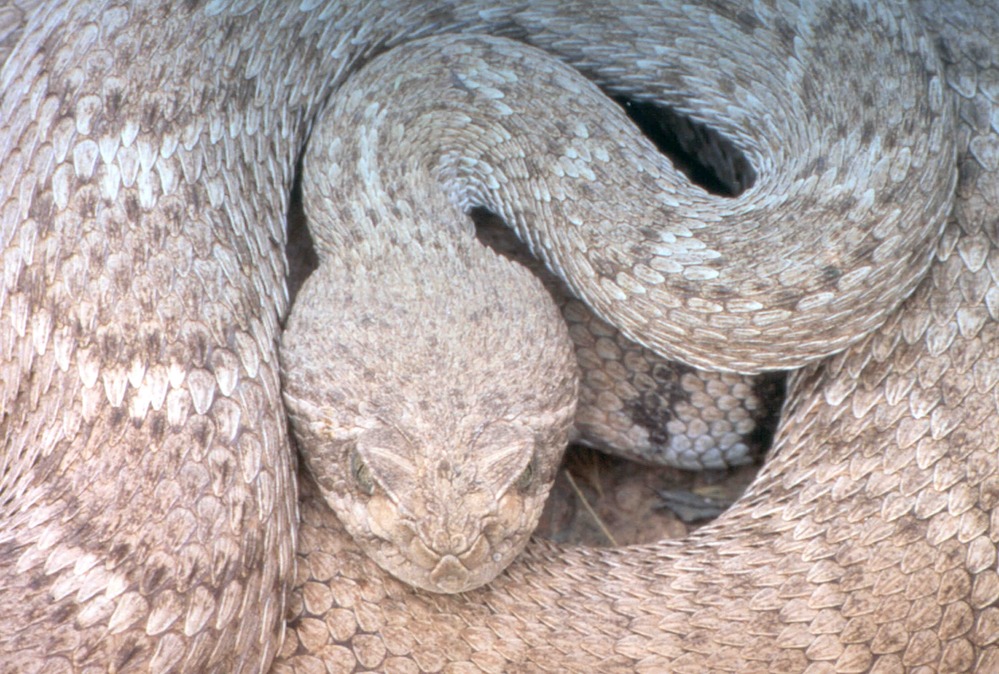
Snake skills

Notable markings
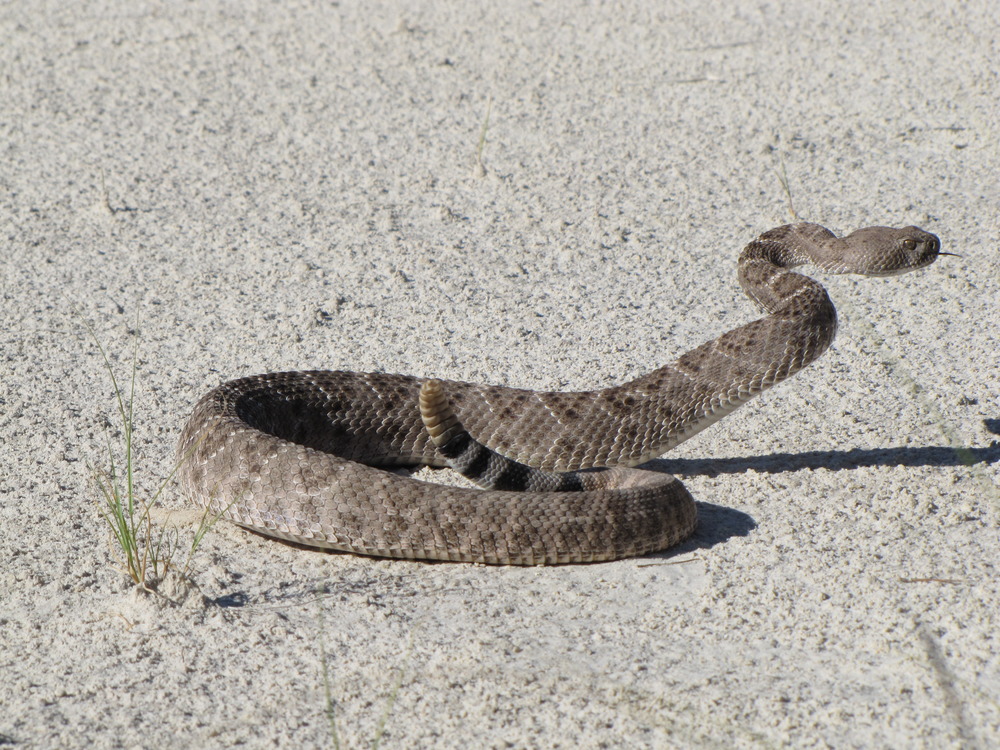
Patient critter

Warnings, sometimes
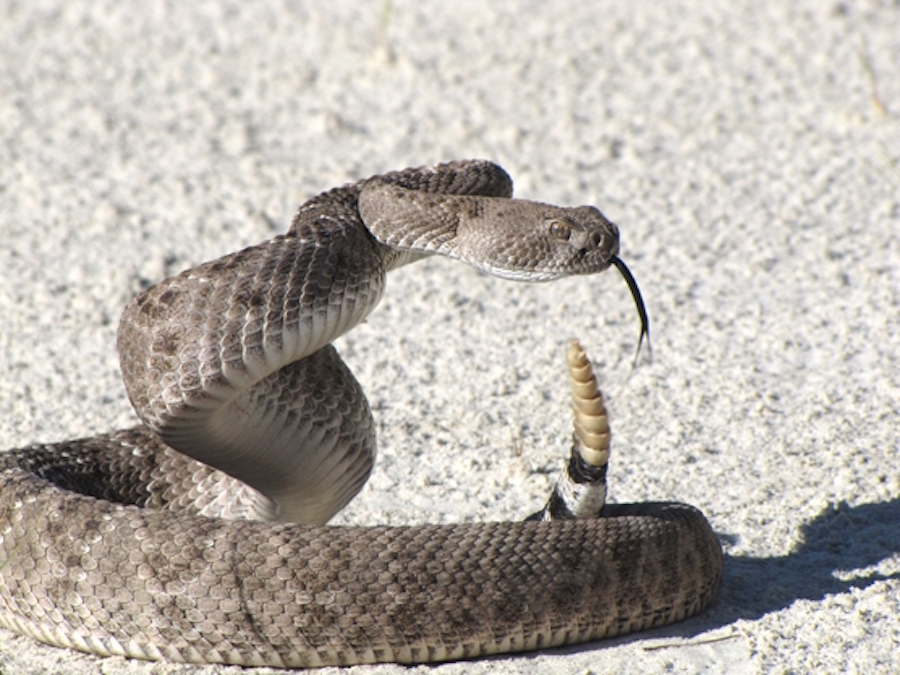
Different reproductive process
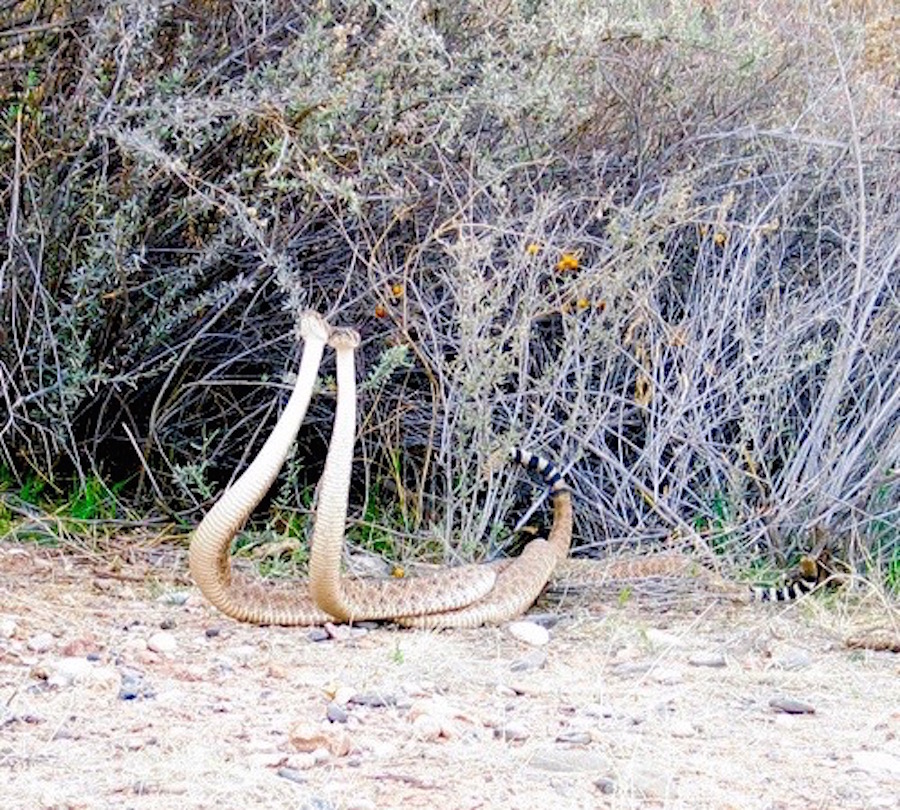
A dangerous brood
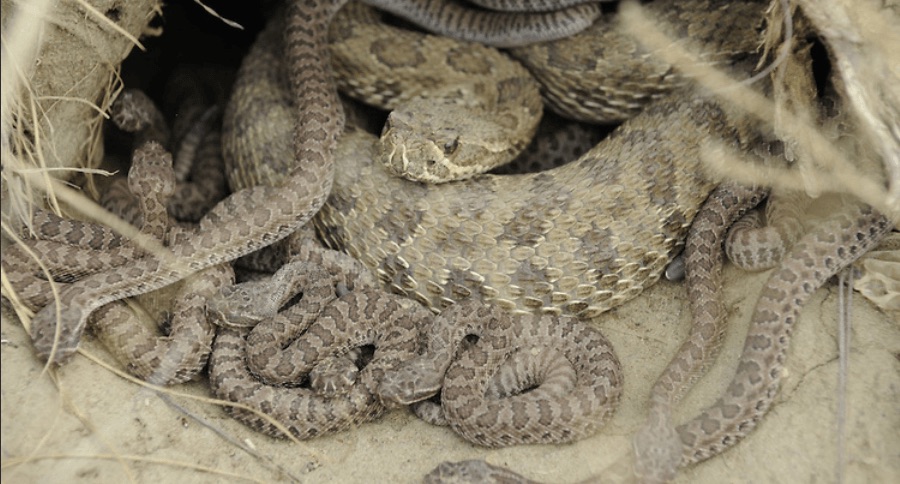
Stuff of legend

Losing land
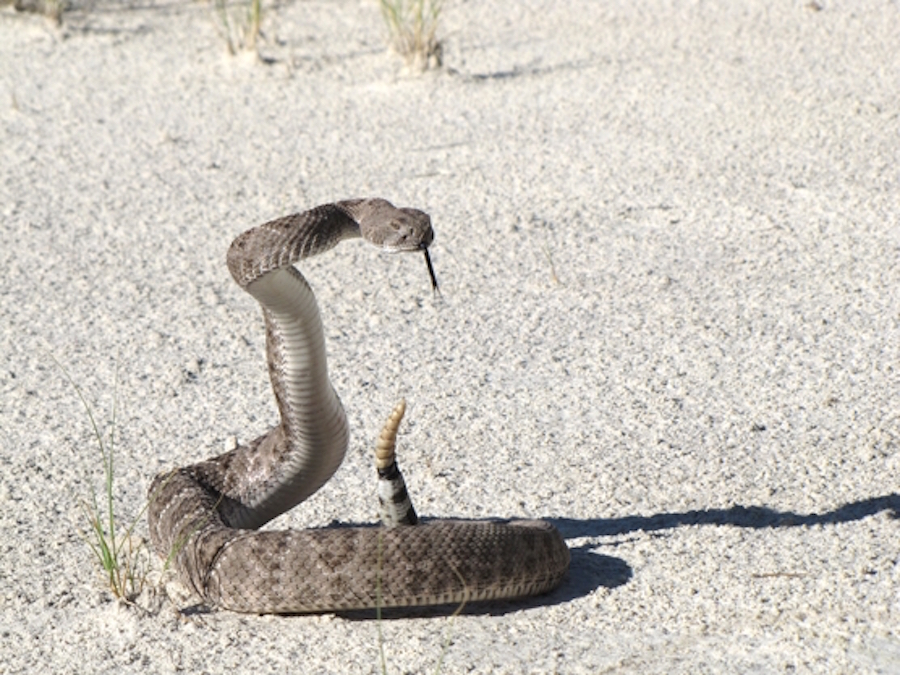
Sign up for the Live Science daily newsletter now
Get the world’s most fascinating discoveries delivered straight to your inbox.
Live Science Contributors
LATEST ARTICLES


